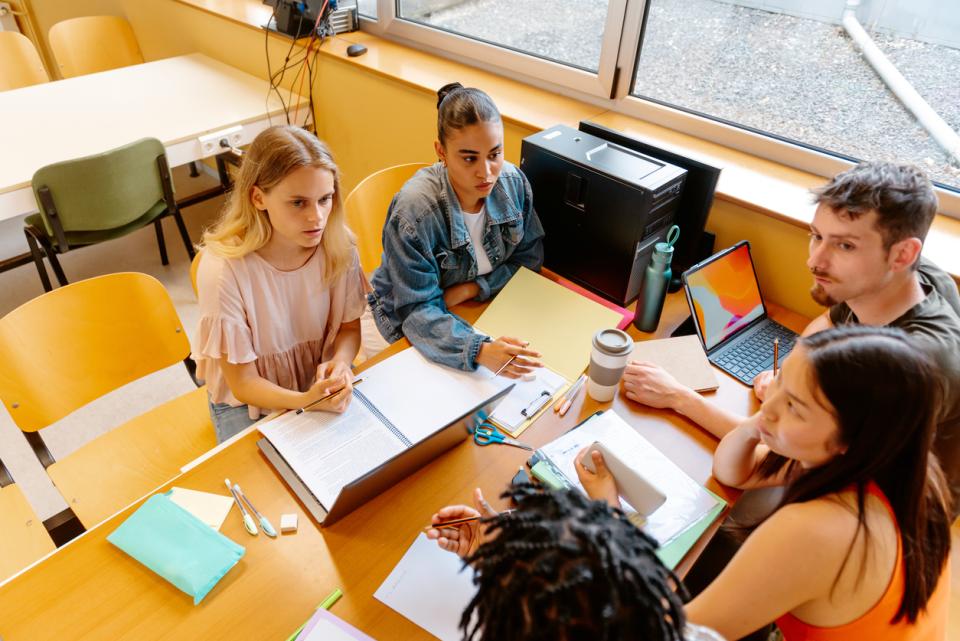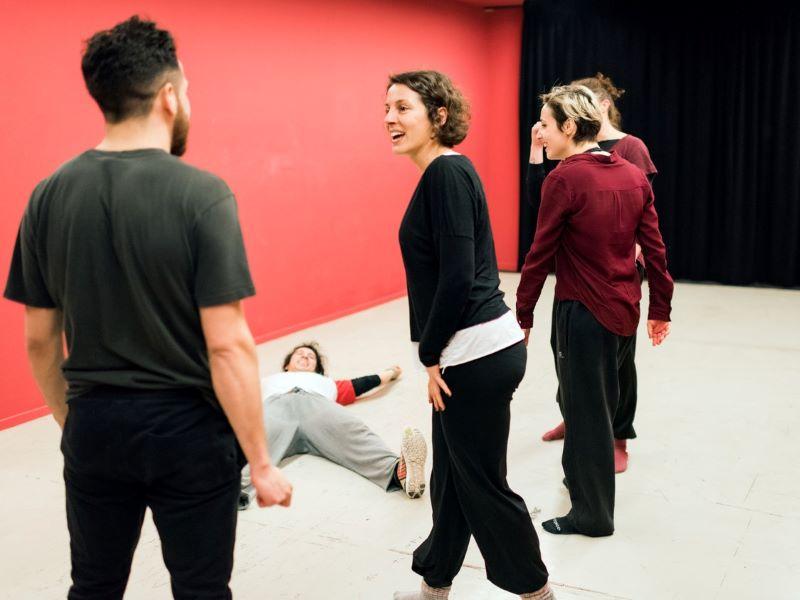As an educator bringing 17 years of secondary school experience to a higher education context, I have continued to develop my interest in pedagogy through my work on a postgraduate course in learning and teaching in higher education.
Active learning, widely used in primary and secondary educational practice, has formed an important aspect of my teaching philosophy throughout my career. It requires students to be actively engaged in the learning process through their participation in a range of purposeful and meaningful learning activities, thus nurturing a more student-centred environment. Active learning generates more opportunities for students to interact with each other, as well as to practise and apply their knowledge, leading to the development of higher-order thinking skills and subsequently improved learning performance and outcomes, as evidenced in research by Allsop et al.
Despite these striking benefits, why does a great deal of teaching in higher education still appear to be inactive? University lecturers have traditionally been seen as founts of knowledge, experts and subject specialists, delivering content through the transmission of information, which requires students to listen passively.
Of course, there are clearly times where lecturer input is necessary, but for the most part, students should be actively engaged in learning tasks and dialogue. To allow for this, I now set myself a strict time limit for my own input, colour coding my presentation slides to aid this (I format activity slides in the same colour, making it visually clear how much of the session is active).
Here are a few other simple strategies I use to embed active learning within my undergraduate teaching, some of which draw upon transferable secondary education practice which may be applicable to your teaching context:
Plan well
Consider what you want your students to learn and how you will assess them. How might you then incorporate purposeful, interactive tasks and activities that support the delivery of your content and require students to become actively involved in the learning process? Certain types of learning activities are more conducive to active learning, such as problem-solving, small group collaboration, discussion and debate, discovery/investigative work, projects, games-based learning and role play.
Link activities with real-world scenarios
Doing this will ensure learning is meaningful for students and enhance motivation and engagement levels. For example, we give Level 6 students studying our BA special educational needs and disabilities (SEND) programme a selection of case studies reflecting a diverse range of children and young people they may encounter throughout their professional practice to choose from. This not only empowers students to take ownership of their learning but also promotes deeper learning by allowing them to apply their understanding of the material to real-world contexts.
Partner with students
Provide opportunities for students to make informed decisions about how and what they are learning. Acknowledge student interests and incorporate them into your activities where possible and regularly ask them for feedback. Ultimately, if the activities you set are intellectually stimulating and relevant to your students, they are more likely to be motivated and responsive.
- Resource collection: Back to the basics of pedagogy
- Relieve student boredom by ‘activating’ lectures
- Making group work work: how to enable successful student collaboration
Flip the classroom
To maximise active learning time, consider a flipped classroom approach by setting pre-class activities between classes. Typical tasks include reading a journal article or book chapter, watching a video or listening to a podcast and answering questions ready to discuss and deepen understanding through practice and application during the session.
It is likely you will be using your institution’s virtual learning environment as an extension of your classroom when using a flipped classroom approach. Therefore, ensure you are taking advantage of its full functionality to create an interactive learning space. Examples might include embedding questions alongside the learning material with places for students to record their responses, creating online discussion forums where students can contribute their thoughts and opinions on the material and using polls, surveys and quizzes.
Use technology
Applications such as Padlet, Vevox and Mentimeter can help you make your presentations more interactive because you can pose questions on them that students can respond to via their own personal devices. You can display the results visually as a stimulus for discussions, thereby encouraging active contributions.
I personally find the use of these types of applications helpful in breaking up content, providing moments for students to pause, reflect and engage with the subject material as well as a valuable opportunity to check students’ understanding.
With technology constantly evolving, you may feel you need further training and development in this area. I contacted our institution’s learning technologists to develop my digital literacy, which was extremely useful.
Go back to basics
Using traditional, paper-based activities as an alternative to technology-based ones can be extremely effective in promoting active learning. During a recent peer observation, a colleague and I were amazed by how quickly and enthusiastically Level 5 students responded to a card-matching activity, allowing for real-world application of the content covered. The cards contained practical examples of teaching practice – for example, opportunities to learn from others through discussion and debate, which students then had to match to the correct theoretical underpinning, such as social constructivism. As the activity was completed in pairs, it facilitated thinking and sharing of ideas before a whole-class discussion. The tangible nature of the cards helped students connect with the activity immediately.
I personally find a blended learning approach works best, incorporating a combination of pedagogic approaches that include both in-person activities (technology and paper-based) as well as online digital tools/resources to deliver the best possible learning experience for my students.
As Allsop et al. rightly conclude, the rich benefits associated with active learning are so much greater than traditional lectures. Surely, then, we should all be reflecting upon our daily practice to examine where we can add value to our sessions by incorporating active learning approaches that motivate, inspire and engage our students to actively learn.
Sarah Shaw is a senior lecturer at the School of Education, the University of Chester.
If you would like advice and insight from academics and university staff delivered direct to your inbox each week, sign up for the Campus newsletter.




comment